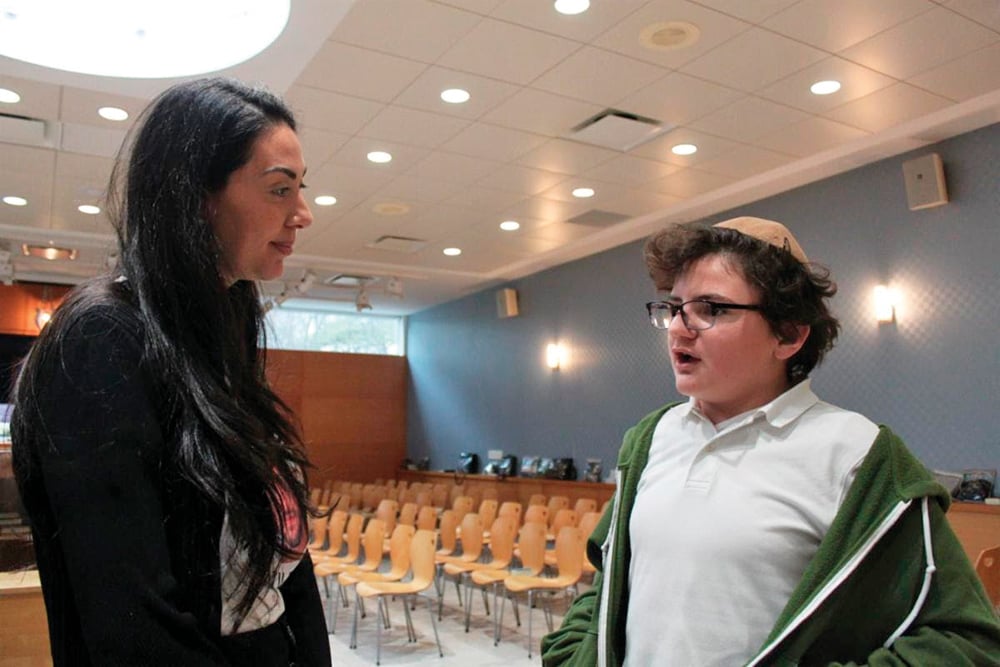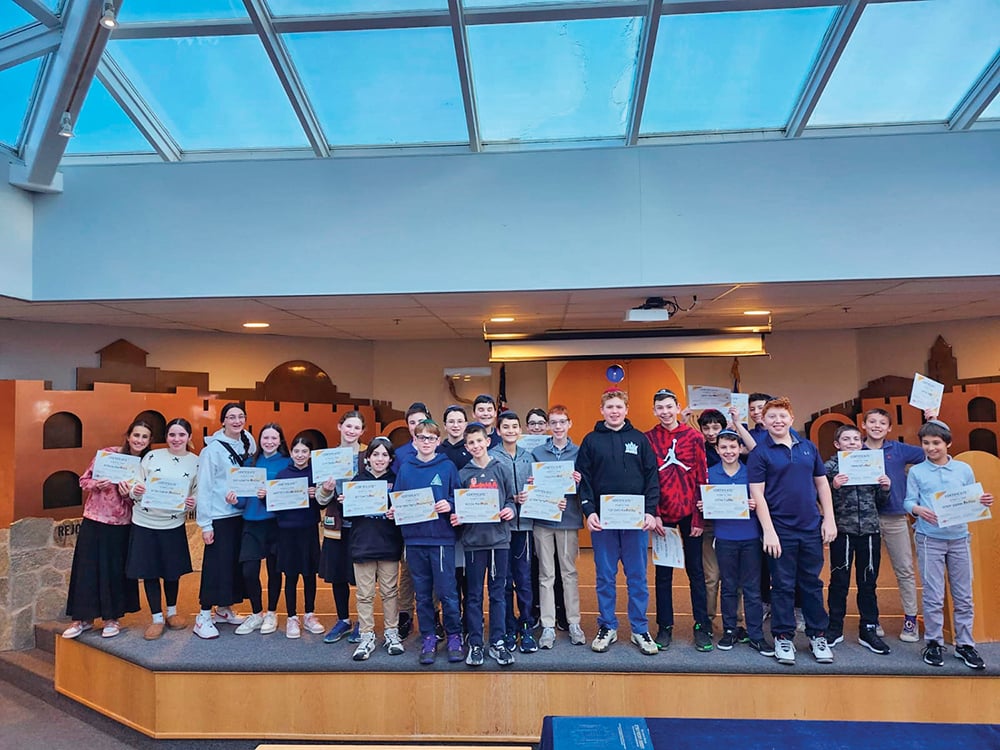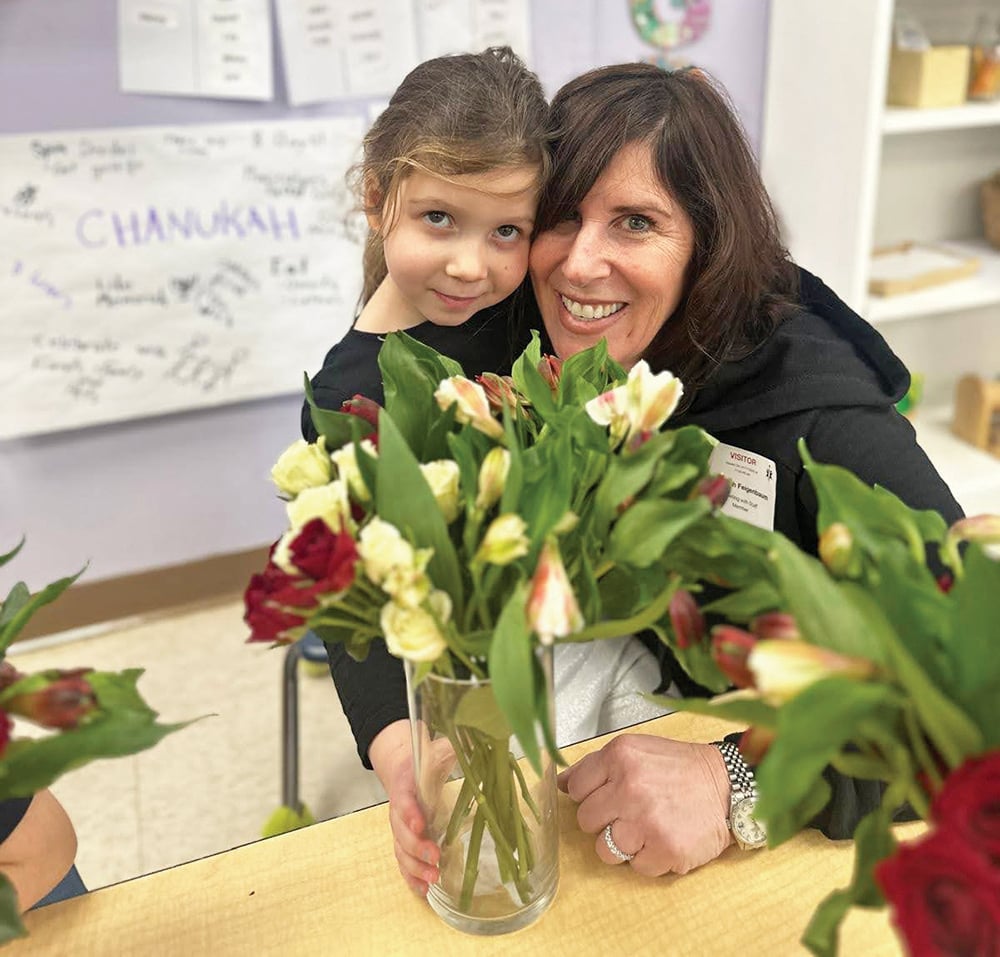
The Jewish world has recently exploded with the news that the Israeli government has decided to add an egalitarian prayer space as an official part of the Kotel plaza in Jerusalem. Now, in addition to the previously established male and female sections, there will also be an egalitarian section where men and women can pray together in a mix.
From what I’ve read, many in the Conservative and Reform movements have praised the move, while the Orthodox reaction has been a bit more reserved. I want to offer my own reaction, from my Modern-Orthodox-teenager perspective—I don’t claim at all to be representative of Modern Orthodoxy as a whole or even of a part of the movement. What I’m about to say is my own opinion, and, of course, anyone is free to disagree with me. But I personally am happy about this development at the Kotel.
At first, I’ll admit, I wasn’t sure what to think. The fact is, as a Modern Orthodox Jew, I follow the halacha that prayer must be done with a mechitza and with men and women separated. I do think that there is merit in “partnership minyanim,” where both genders are given roles they can play, as well as “women’s tefillah” minyanim. But even though I like the idea of egalitarian prayer, I personally don’t go to egalitarian minyanim because I don’t feel that they would fulfill the status of minyan for me. Thus, at first I felt uncertain about a sanctioned egalitarian space at the Kotel: isn’t that against halacha? Isn’t that not the ideal that I should want for the Kotel, a space where people follow our traditions and keep them alive?
But it isn’t that simple. The fact is, I can act all high and mighty about Modern Orthodoxy being “correct,” and it wouldn’t change the fact that there are many different streams and sects of Judaism, and it isn’t my place to judge what’s “correct” and what’s “incorrect.” When I began high school, I found myself in an environment with a decent cadre of Orthodox, observant Jews—but also in a place with many non-observant people, or people who keep “traditional Judaism.” (As an institution, my school is Modern Orthodox; I’m referring to the part of the student body that I’ve been exposed to.) After having gone to an elementary school where essentially everyone (as far as I knew) had been observant, this was a bit jarring. I quickly learned that even though I now had friends who would be using their phones on Friday nights or going out to treif restaurants, I could: (a) still hold on to my own practices and not give them up or break halacha, and more importantly, (b) become friends—close friends, even best friends—with people who had different observances and Jewish backgrounds from my own. My own practices were respected, thank God, and I was able to respect theirs even if I disagreed with them. Later on, I attended BIMA at Brandeis University, a pluralistic Jewish summer program where I met people from even more diverse backgrounds and denominations, and yet we all had a blast together, living in the same dorm and celebrating Shabbat and so on.
I feel that there is room for accepting others and other beliefs, even if they seem so antithetical to my own. As long as they aren’t hostile to me, there’s no reason for me to judge them—everyone is allowed to blaze their own path. And that ties back to the Kotel.
The Kotel, in my view, is a place for all Jews. Some may say that it’s a holy place and that it should be kept completely halachic. I think that yes, it is very holy, but it is also a place where any Jewish person should be allowed to feel comfortable as long as he or she is not being hostile to anyone else’s beliefs and traditions. While there may be this ideal of all Jews keeping all of the halachot and following tradition, that’s not the reality of the Jewish people today. Nowadays there are many different denominations and beliefs—and while I may disagree with some of them, I’ve decided that it’s not my place to judge them, and certainly not to impose my own views on them. In fact, I feel like I can grow from interacting with people with different forms of Judaism, and certainly have many close friends who are affiliated with different movements! I want the Jewish community to be one of inclusion, to be one where everyone can live together in harmony and befriend each other even if not everyone agrees with everything.
That’s why I think the egalitarian prayer space at the Kotel, even if I don’t agree with doing egalitarian prayer, is a good idea. There will still be a major Orthodox, halachic space for people to pray—but now there will also be a way for those from other denominations, who feel that egalitarian prayer is right for them, to join in the special experience of praying at the Kotel. It’s a way, I feel, for us to include everyone while still not giving up our own personal beliefs.
Oren Oppenheim, 18, is a senior at Ramaz Upper School in Manhattan and lives in Fair Lawn, NJ. He spends his free time writing and reading, and hopes to become a published novelist and a journalist. You can email him at [email protected] and see his photography at facebook.com/orenphotography.
By Oren Oppenheim













